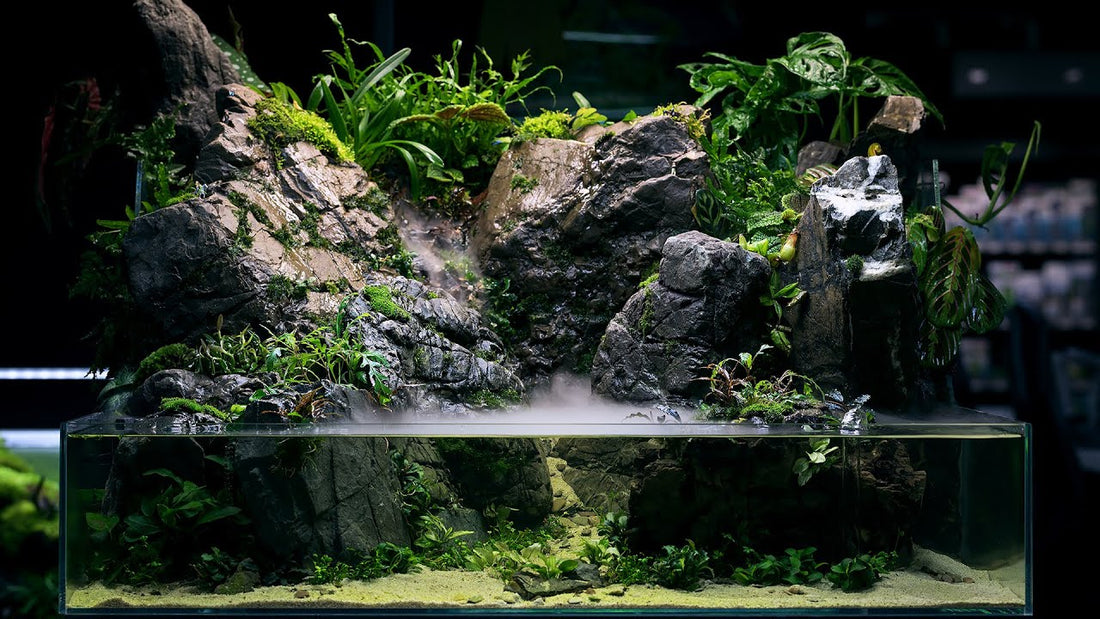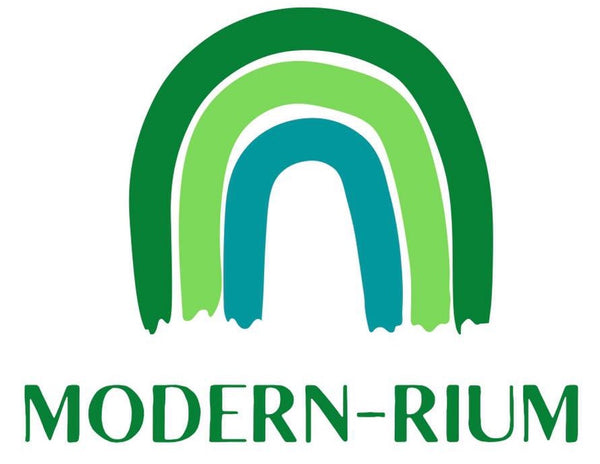
The Art and Science of Paludariums: A Living Intersection of Land and Water
Danny PhamShare
In the world of advanced biotope design, few creations capture the imagination like a paludarium—a dynamic ecosystem that unites terrestrial and aquatic habitats within a single enclosure. For professionals in aquascaping, vivarium design, and ecological education, paludariums offer both an artistic and scientific frontier for innovation.
Defining the Paludarium
A paludarium derives its name from the Latin palus, meaning “swamp” or “marsh.” It represents a hybrid environment containing both submerged (aquatic) and emergent (terrestrial) zones, simulating the natural transition between land and water—such as riverbanks, mangroves, or rainforest floodplains.
While hobbyists may view paludariums as decorative, professionals understand their deeper value: these systems are miniature ecological networks, where water chemistry, humidity gradients, and biodiversity are all carefully balanced to create sustainability and aesthetic harmony.
Design Considerations for Professionals
1. System Architecture
Professional-grade paludariums begin with structural planning. The tank must support both hydrological circulation and climatic control. Partitioned sump systems, misting mechanisms, and automated lighting are standard.
- Material Selection: Opt for low-iron glass or acrylic for clarity and UV stability.
- Filtration: Combine biological and mechanical filtration; consider waterfall features to aid gas exchange and circulation.
2. Environmental Zoning
A successful paludarium integrates three primary zones:
- Aquatic Zone: Housing fish, shrimp, or aquatic plants such as Anubias, Cryptocoryne, and Bucephalandra.
- Marginal Zone: Semi-submerged species like Cyperus alternifolius and Spathiphyllum wallisii thrive here.
- Terrestrial Zone: Mosses, ferns, and epiphytes (Tillandsia, Neoregelia) create lush verticality.
Designing transitions between these zones—often using hardscape elevation or substrate gradients—is key to achieving realism.
3. Climate and Control
Professionals employ automated control systems for humidity, temperature, and photoperiod management. Smart sensors (IoT-enabled) can monitor:
- Relative humidity (60–90%)
- Air and water temperature stability
- Light intensity and CO₂ levels
This data allows predictive maintenance and long-term ecological balance.
Aesthetic and Ecological Balance
A high-end paludarium should evoke biotope authenticity—not just beauty, but narrative. Whether replicating a Borneo rainforest stream or an Amazonian riverbank, the design must reflect ecological accuracy.
Balancing flora and fauna populations is essential; for example:
- Amphibians like Dendrobates or Hyla species require precise humidity and UVB exposure.
- Fish should match water parameters of their terrestrial neighbors’ microhabitats.
Professional designers often collaborate with biologists, herpetologists, and aquascaping artists to achieve ecological coherence.
Applications Beyond Aesthetics
Paludariums extend beyond private collections:
- Interior Design: As biophilic installations in hotels, corporate offices, or spas, they provide visual tranquility and improve air quality.
- Educational Displays: Museums and research institutions use them for environmental simulation and species behavior studies.
- Therapeutic Environments: The multisensory experience of water flow, humidity, and vegetation contributes to stress reduction and cognitive restoration.
Maintenance and Longevity
For professional systems, sustainability is a primary concern. Regular water parameter testing, nutrient dosing, and plant trimming are routine. Integrated monitoring systems can log long-term data trends, supporting adaptive management strategies that mirror ecosystem modeling in the wild.
Conclusion
For professionals, a paludarium is not merely a display—it’s an ecosystem in miniature, a challenge of balance, and a statement of craftsmanship. It demands not just technical skill but ecological literacy, aesthetic intuition, and respect for the living systems it seeks to emulate.
 is here! Shop now, pay later in 4 easy installments
is here! Shop now, pay later in 4 easy installments











